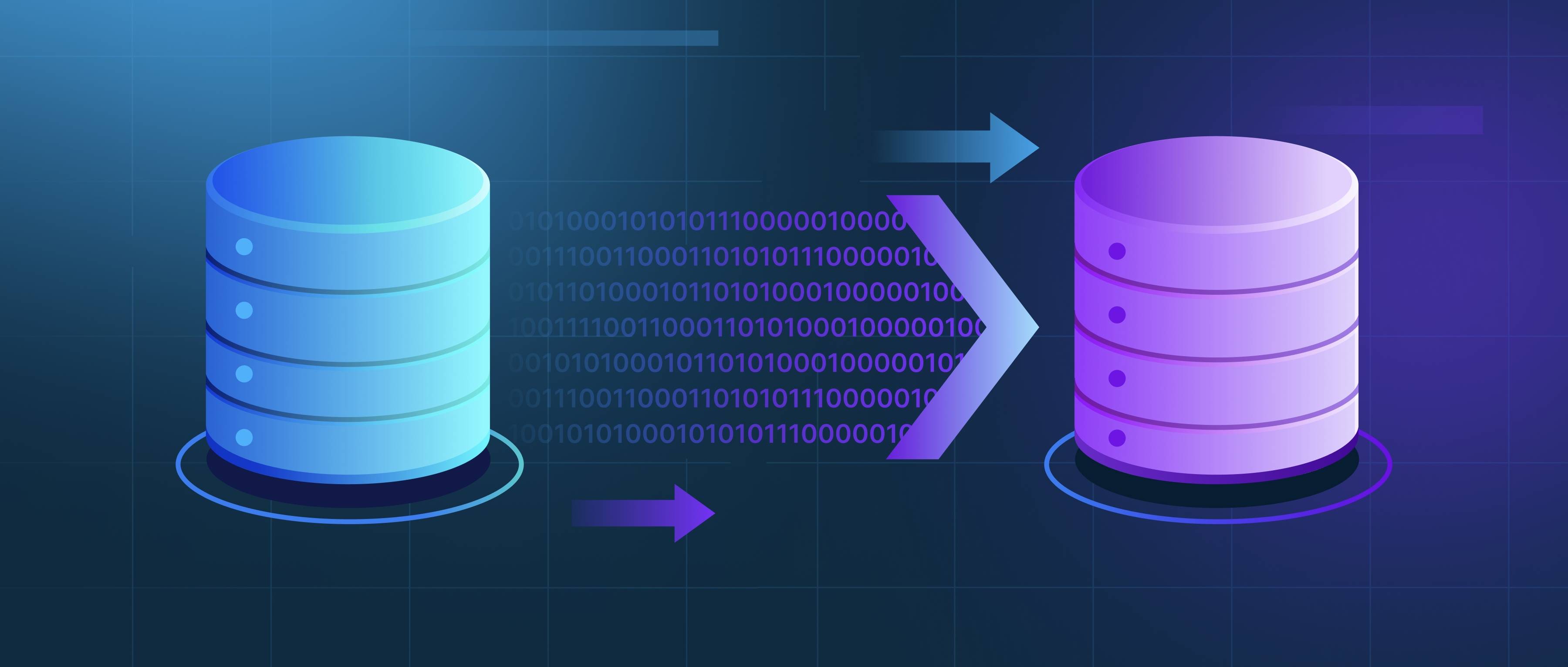The ETL (Extract, Transform, Load) process consists of three core phases: extraction, transformation, and loading. Each phase serves a distinct purpose in moving and preparing data for analysis or storage. Below is a breakdown of these phases:
1. Extraction The extraction phase involves pulling data from source systems, such as databases, APIs, flat files, or cloud storage. Developers typically use queries, API calls, or file reads to retrieve data. For example, extracting customer records from a legacy SQL database or pulling order data from a REST API. Challenges include handling diverse data formats (CSV, JSON), managing large datasets efficiently, and minimizing disruption to source systems. Incremental extraction (e.g., fetching only new records using timestamps) is often preferred over full extraction to reduce overhead. Developers must also address connectivity issues, authentication, and logging errors during data retrieval.
2. Transformation Transformation focuses on cleaning, structuring, and enriching raw data to meet business requirements. This includes removing duplicates, correcting invalid entries (like misspelled addresses), standardizing formats (e.g., converting dates to ISO 8601), and aggregating values (e.g., summing daily sales). Business rules, such as calculating profit margins or merging customer profiles, are applied here. Tools like Python’s Pandas, SQL scripts, or ETL platforms (e.g., Apache Airflow) automate these tasks. For instance, transforming raw sensor data into hourly averages or appending geolocation data to user records. Data validation (e.g., ensuring numeric fields contain numbers) is critical to maintain quality before loading.
3. Loading The final phase loads transformed data into a target system, such as a data warehouse (e.g., Snowflake) or a reporting database. Developers must choose between full loads (replacing all data) or incremental loads (appending new data). For example, nightly batch loads of sales data into a warehouse for analytics. Performance optimizations include partitioning tables, indexing columns, and transaction management to ensure consistency. Error handling—like retrying failed inserts or rolling back incomplete transactions—is essential to maintain data integrity. Logging load metrics (e.g., rows inserted) and validating results against source data help verify success.
These phases ensure data is accurately collected, standardized, and stored for downstream use, forming the backbone of data pipelines.
